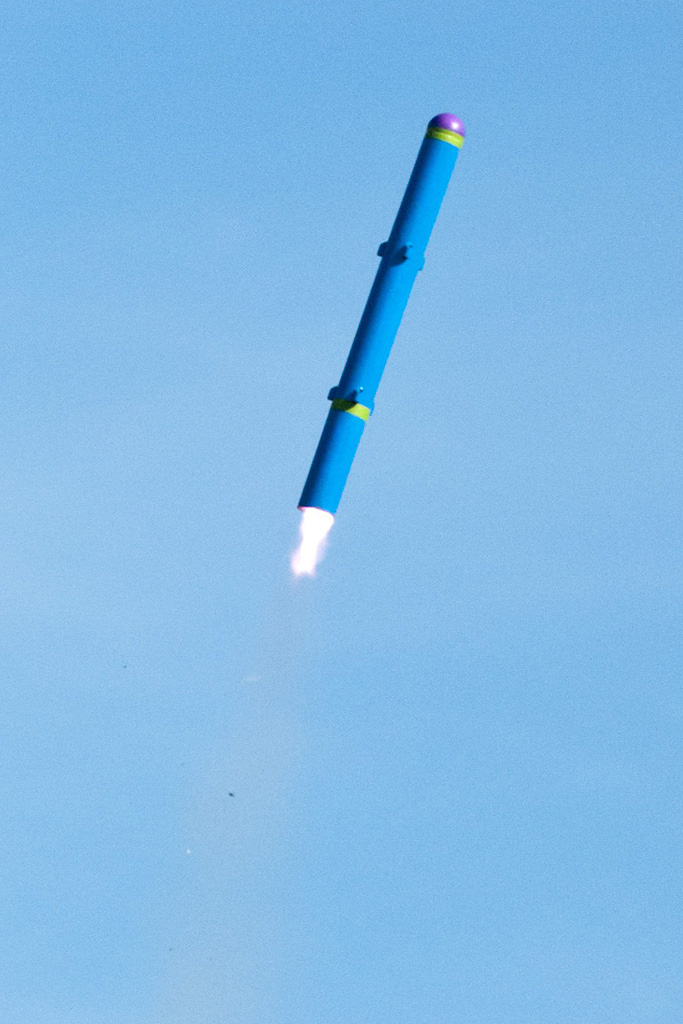David Hall
Active Member
- Joined
- Feb 18, 2014
- Messages
- 29
- Reaction score
- 0
I'm a teacher and coach 5 junior high TARC teams. To illustrate to my students how rocket stability really does come down to CG over CP (and symmetry), I built a heavy-nosed finless rocket. The "nose cone" is a soft plastic 3" "ball pit" ball filled with 400 grams of sand. To move the CG further forward, I mounted the motor about 10.5" up the 3" rocket body tube. The tail 10.5" tube section is removable for motor access (and tail-tube replacement). The CG of the entire 34" rocket is about 9" from the tip of the nose cone. The rocket has 3 pairs of 1/2" launch lugs (for symmetry) that are equally in front of and behind the center of the rocket so as to not provide any incidental stability. I built and flew this thing in November of 2012 and used an old/odd Aerotech F-something single use motor. I'm not even sure if we knew exactly what it was; I think the label may have been scraped off. Anyway, it flew stable and straight, but was under-powered and had way too long of a delay.
I have no idea how much thrust may me lost by the nozzle blasting into a 3" tube; it has to be a bit at least. Anyone have an idea on this?

I have no idea how much thrust may me lost by the nozzle blasting into a 3" tube; it has to be a bit at least. Anyone have an idea on this?







